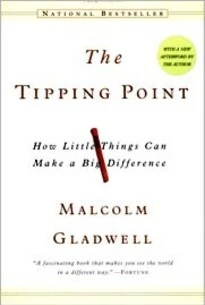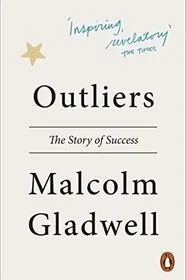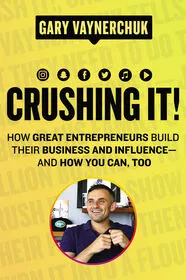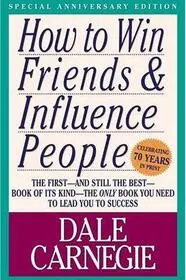“The Tipping Point” by Malcolm Gladwell explores the idea of how small changes can lead to big effects, turning ideas, trends, and behaviors into widespread phenomena. Gladwell introduces the concept of a tipping point, which is the moment when a trend or idea reaches critical mass and begins to spread rapidly.
Gladwell examines three key factors that contribute to a tipping point: the Law of the Few, the Stickiness Factor, and the Power of Context. He explains how certain individuals with specific skills and characteristics can greatly influence social epidemics. These individuals are known as connectors, mavens, and salesmen.
The book also delves into how messages or products can become “sticky,” meaning they have a lasting impact on people’s minds. Gladwell highlights the importance of creating memorable content that resonates with an audience.
Furthermore, Gladwell emphasizes the significance of context in shaping behavior and decision-making. He showcases various case studies to illustrate how small changes in environment or circumstances can have disproportionately large effects on outcomes.
Key Points
-
Tipping Point: The tipping point is when an idea or trend crosses a threshold and spreads rapidly throughout society.
-
Law of the Few: A few key individuals play a crucial role in spreading ideas or trends. Connectors know many people; mavens possess specialized knowledge; salesmen are persuasive communicators.
-
Stickiness Factor: Messages or products need to be memorable and resonate with their audience to be effective.
-
Power of Context: The environment and circumstances significantly influence behavior and decision-making processes.
-
Epidemics: Social epidemics follow similar patterns as medical epidemics – they spread through contagiousness, little pushes make big differences, and small changes can lead to significant impacts.
-
Case Studies: Gladwell presents several case studies to support his theories on tipping points, including examples from advertising campaigns, crime prevention, and the spread of viruses.
About the author
Malcolm Gladwell is a Canadian journalist and bestselling author. He has written several influential books exploring social psychology and human behavior, including “Blink,” “Outliers,” and “David and Goliath.” Gladwell’s writing style combines storytelling with academic research to make complex concepts accessible to a wide audience. His works have received critical acclaim for their thought-provoking insights into various aspects of society.
I score this book 5 moons: 🌕🌕🌕🌕🌕







